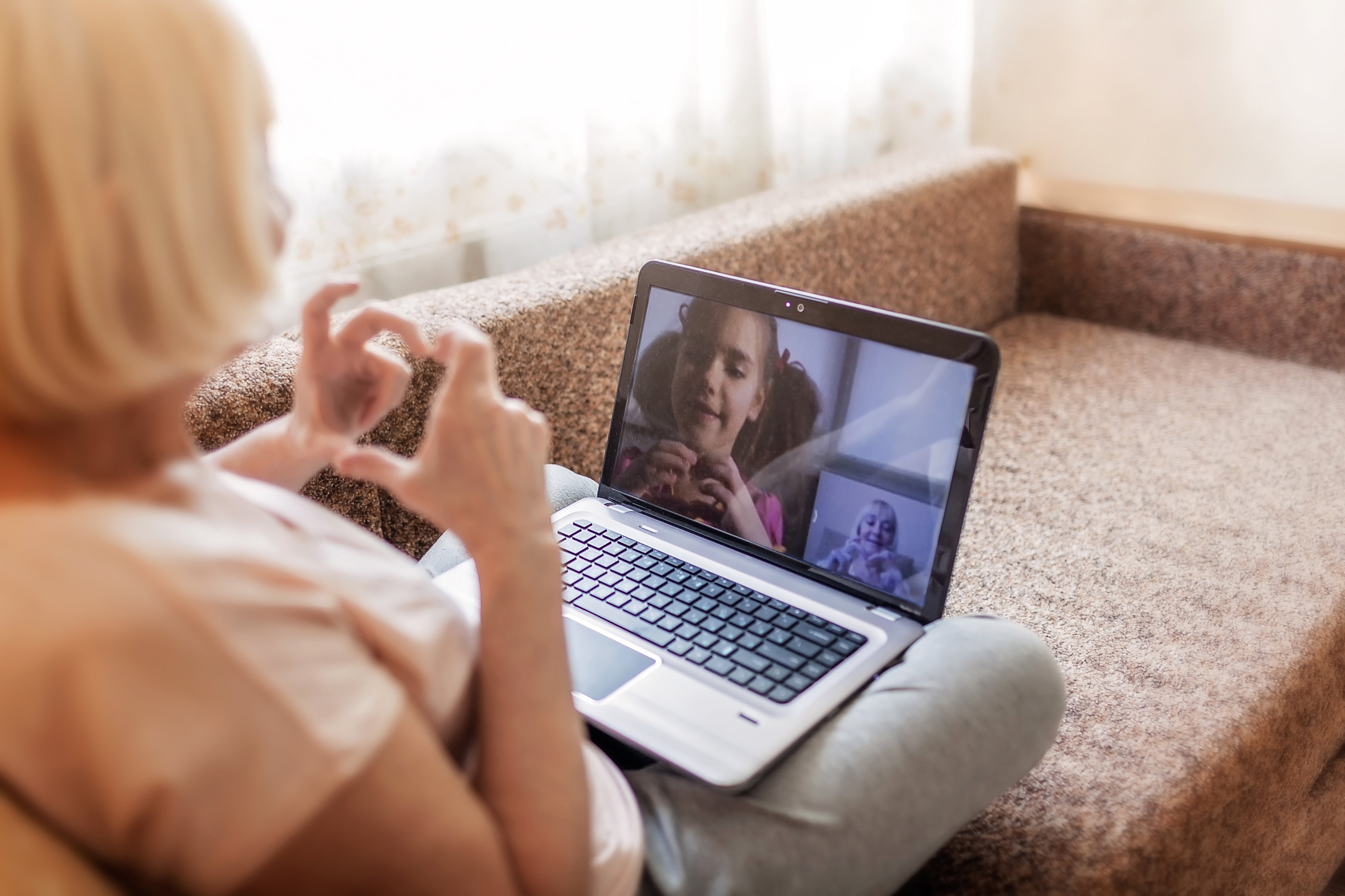Supporting Mental Health During the Pandemic

Challenge
The COVID-19 pandemic has taken a heavy toll on Americans’ emotional wellbeing. Millions are struggling with the loss of loved ones, losses to their own health, loss of connectedness and loss of food and job security. Despite their grief and anxiety, many people are also finding ways to adapt and bounce back. The Centers for Disease Control and Prevention (CDC) and CDC Foundation (CDCF) recognized early in the pandemic the need to support people’s emotional health and wellbeing with simple, clear messages and tools to help them cope.
Our Approach
In early 2020, CDCF enlisted NORC at University of Chicago, Burness and TMN Corp. to develop and launch How Right Now, a research-based campaign to address emotional wellbeing during the pandemic. The goal was to provide web-based resources and tools to key audiences so that they would share them and use them to take care of themselves and their loved ones. The campaign focuses on audiences most impacted by COVID-19, including older Americans and their caregivers, people with pre-existing mental and physical conditions, people facing increased violence and people in economic distress.
The communications team at Burness guided the campaign strategy from the start, and, with only three months to launch, developed messaging and a brand, produced a freestanding website in English and Spanish and developed creative GIFs and videos offering tips and support.
Burness led and built a strategy for working with hundreds of organizational partners, including AARP, NAMI and the Red Cross, to disseminate helpful products and tools to their constituents. As an integral part of the NORC team, we conducted a series of deep listening sessions that inspired the production of powerful videos showcasing participants’ real-life experiences and emotions.
In addition, Burness developed and tested messaging for five target audiences. Based on this messaging, we created hundreds of social media graphics that we organized into toolkit for partners to use for outreach with key audiences.
Through our research, we found that our messaging needed to validate people’s feelings and offer simple, helpful to their problems. For example, the campaign highlighted the power of having meaningful conversations and the value of practicing gratitude to help reduce stress and cope. Our team also researched and curated hotlines, helplines and other resources on the How Right Now website
Results & Impact
We asked partners to promote social media graphics and content throughout the year. We extended our outreach by adding social media influencers interested in mental health, celebrity PSAs and social media ads. We also created campaign “days of action” that produced large spikes in online activity. One such action day encouraged audiences to “take 10 to15 minutes to take care of themselves” on October 15. Another focused on grief around the holidays, eliciting hundreds of poignant and supportive comments and sharing.
Over the entire campaign, hundreds of thousands of people visited the website in English or Spanish and millions more were reached across the internet. An audience survey by NORC showed that, while the campaign’s messaging resonated with all key audiences, people experiencing violence and those in economic distress were especially receptive to the How Right Now website and found it motivating.
Without question, the work of the CDCF in partnership with CDC has had a major impact on the emotional wellbeing of Americans during the pandemic. The How Right Now campaign will continue through June 2021.